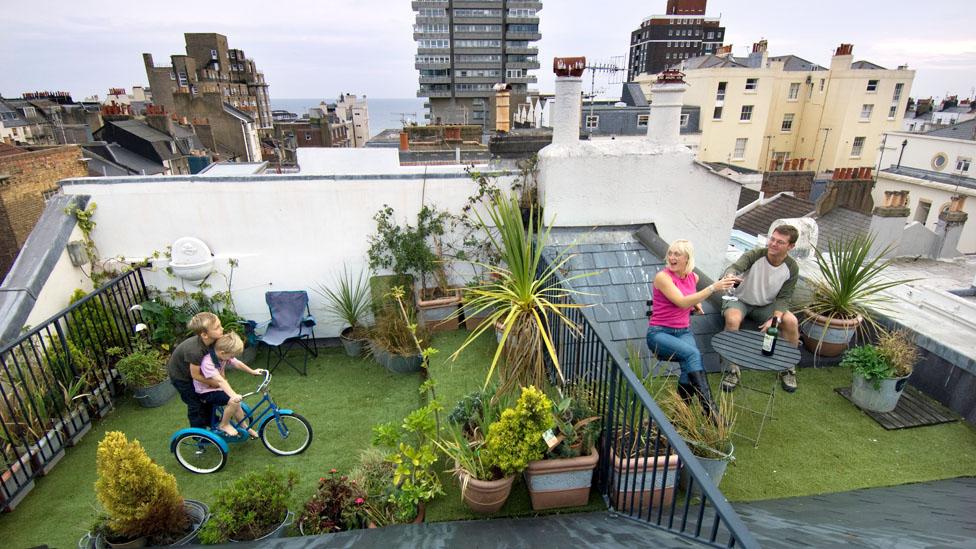Samuel Baron has downsized his property at the age of just 26.
The urban studies student at Simon Fraser University in Vancouver, Canada, has traded his 55.7sq metre (600sq foot) Edmonton apartment for a 23sq metre (248sq foot) micro-flat downtown.
He was determined to live closer to Vancouver's city centre — Canada's hottest property market — and cut out his transport expenses. He achieved both, but the trade-off was space. He now pays $1,000 Canadian ($800) per month in rent in a part of town where the average-sized bachelor pad rents for as much as $1,500 Canadian ($1,200) a month.
Baron isn’t concerned about space.
“Between work and school, I’m rarely home,” said Baron, in an email interview. “My suite functions as a place to simply store my possessions, and for sleeping, because I live in a neighbourhood that has plenty of coffee shops, restaurants and pubs.”
While the tiny house movement has been well documented, a bigger idea for smaller living space is on the rise: that of the micro-condo or tiny apartment. Driven by housing shortages and an affordability crisis in cities across the globe, these pint-sized pads — also referred to as “apodments,” micro-digs, nano-suites and micro-lofts — are being planned and promoted by developers both as luxury rentals and as an affordable entry into competitive housing markets.
They offer living spaces of less than 46.5sq metres (500sq foot) and are becoming popular with entry-level income, young professionals who want to be close to urban conveniences, job opportunities and city life in places like New York, London, Paris and Vancouver.
Rising property prices in big cities have squeezed many homebuyers out of the market. The average price of a new home in Toronto is $733,578 Canadian ($588,164), in London it’s £534,000 ($794,549), in New York City’s Manhattan borough it’s $710,000, in Sydney, A$811,837 ($617,000) and the average costs just less than $1m in Singapore. The micro-condo offers an affordable alternative.
Crunched for space
Like many others, Baron doesn’t mind trading apartment space for the buzz of city living and said “my neighbourhood functions as my living room, blurring the lines between public space and private space.”
Young people in many areas want to live in the city as they want to be where the excitement is, and embracing this Lilliputian living choice is one way to afford it.
Others want to move out of the suburbs, cut down on debt or simplify their living arrangements with fewer possessions.
A report from American consumer research company, Neilsen, showed 40% of Americans between the ages of 18 and 36 prefer to live in urban areas instead of the suburbs. In the UK, a Knight Frank study found 54% of 18 to 24 year olds were happy to consider living in a studio flat that makes living in central locations more affordable. And in Australia, Slater & Gordon’s Conveyancing Works research revealed 18 to 24 year olds ranked proximity to the central business district as a top priority when looking for real estate.
Living small grows up
New York City, no stranger to cramped, high-density living, will open the doors of a pioneer project, called My Micro NY, at the end of 2015.
The 11-floor tower will have so-called nano-units ranging from 24sq metres (260sq foot) to 33.5sq metres (360sq foot), which will rent for $2,000 to $3,000 a month.
But, these high-spec micro digs will be different from the stereotyped New York “shoe box”, said the building's project manager, Tobias Oriwol of Monadnock Development. “We’ve built to optimise every inch of space inside, so there are no unused nooks and crannies,” he said in an email interview.
